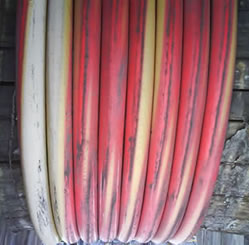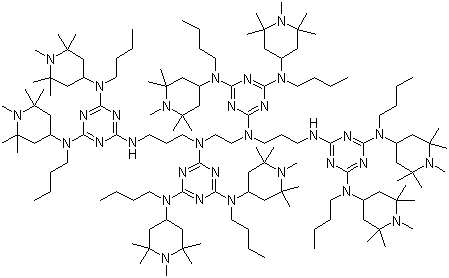UV Additives
UV light induce degradation reactions in plastics and rubbers that may not only modify them visually but also exert detrimental influence on numerous mechanical and physical properties. If your product does not perform well in UV testing there are several options available depending on the type of failure mode.
If the failure mode results to colour retention or fading then the correct selection of pigments , dyes or colour masterbatches can easily correct this aspect. Staff at Materials Technology Ltd. have wide experience of various colourants and will be able to assist you further. If we can not help you we will insure that put you in contact with someone who can.

If your failure mode is due to degradation of the base material a more suitable material can be selected. However, other options also include the addition of suitable UV additive packages or stabilisers.
Different polymer types degrade differently. When the degradation is due to UV light it is referred to as Photooxidation. The specific photooxidation reaction will aslo vary from polymer type to polymer type. However, the end result is often the same i.e. significant loss in performance and aesthetic properties.
UV stabilisers are chemical compounds that are able to interfere with the physical and chemical processess of light induced degradation. These come in several forms and from several suppliers. They are typically referred to as UV absorbers, UV stabilisers or UV Quenchers. The mode of action varies depending on the specific chemical type and just a brief outline is provided below.

UV absorbers, work by targeting the incident radiation before it prevents any initial degradation. The absorb the highly energetic UV light and re-emit it at a lower energy state thereby dissipating the energy in a less dangerous form. The most important class of UV absorbers are the hydroxybenzophenones. The disadvantage of these products is that they tend to need a substantial thickness of product to work effectively and hence are not really suitable to very thin products, textiles or films.
Quenchers work in a similar method in that they are able to take over the energy absorbed by the chromophore (typically conjugated double bonds) present in the plastic and dispose of it as heat, lower energy light of fluorescent radiation.
UV stabilisers work in a slightly different manner. They tend to target a particular part of the degradation chain reaction. They interact with the chain scission mechanism at an early stage thereby preventing the propagation of the degradation mechanism and preventing a runaway reaction. These may be referred to as "free radical scavengers" or "hydroperoxide decomposers". One of the most important groups of free radical scavengers is the Hindered Amine Light Stabilisers (HALS).
Most of these additives are typically added at very low addition levels, typically 0.1 - 0.5% of the polymer. Most can also be added as a masterbatch as part of the online colouring process or they can be added at the point of manufacture. Most polymer suppliers will provide UV stabilised grades for suitable applications but some additional stabilisation is often required for specifica applications.
If you are unsure about your material grades or application call and discuss these in more detail with us.
